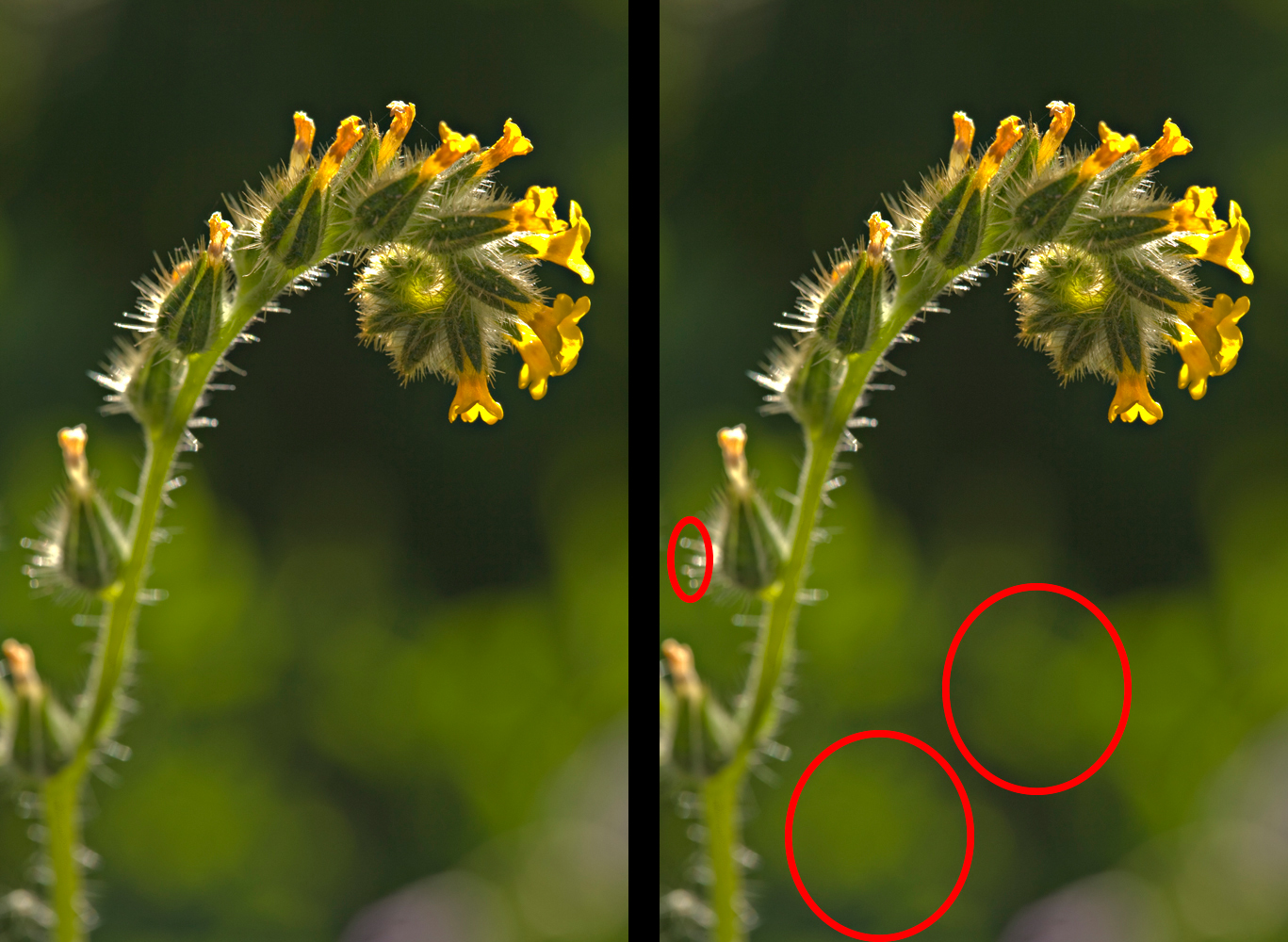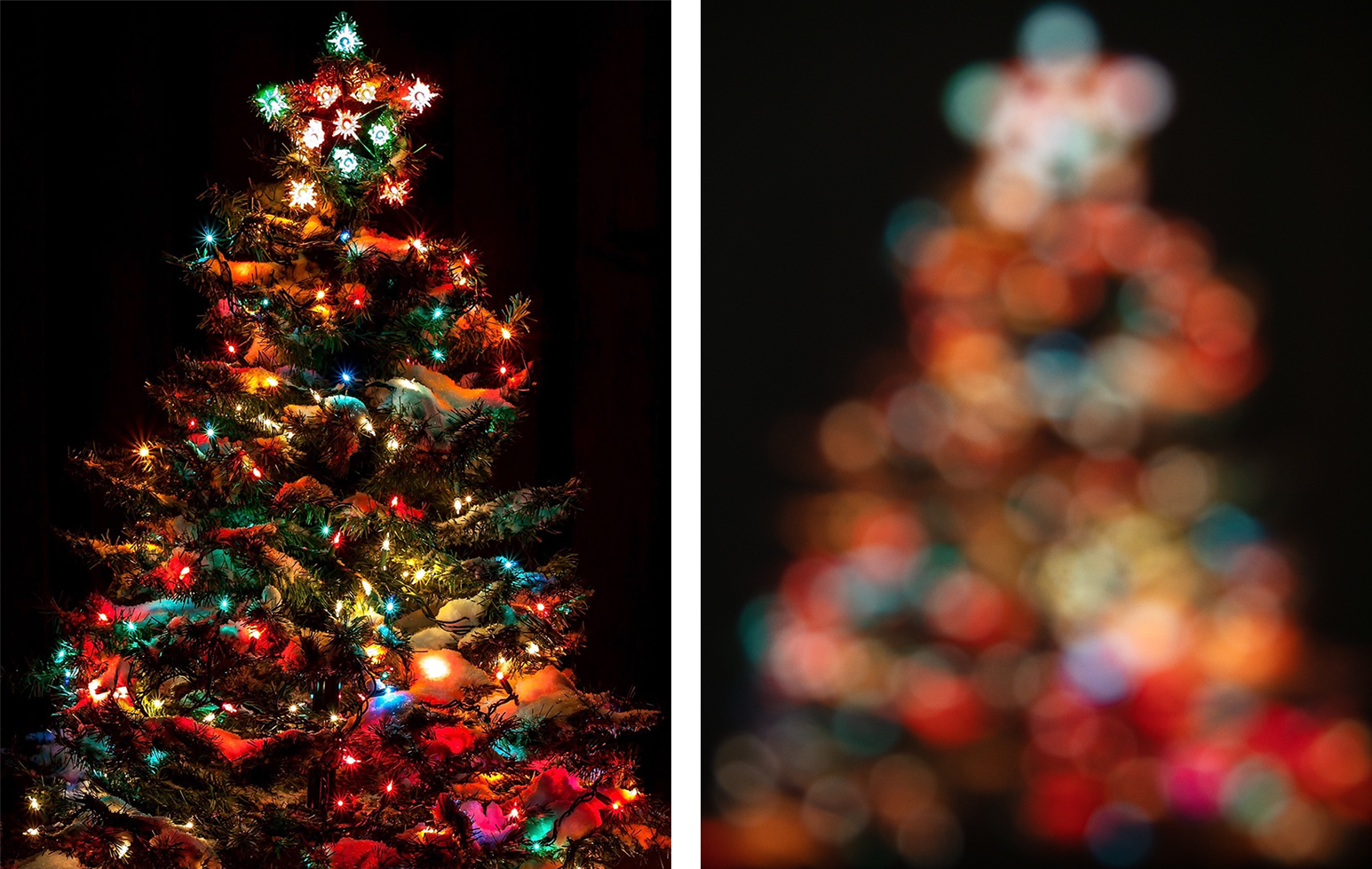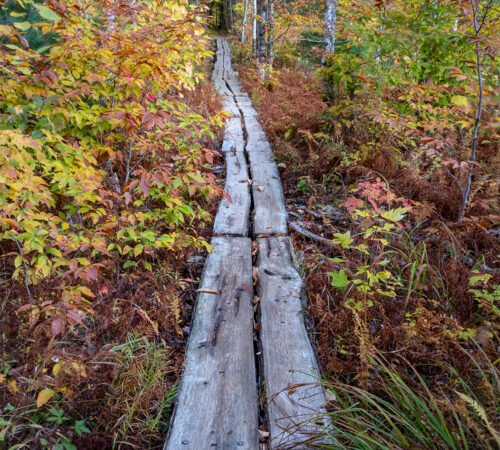Don’t Go Astray on a Bokeh

Dear Bubbles:
In your post last week, you said something about a “bokeh effect.” What is a bokeh effect? I’ve never heard of it before. Thanks.
~Andy
Dear Andy,
The word “bokeh” originates from the Japanese word “boke” which means “blur.” It is believed the English derivation came into existence in 1997 when the editor of Photo Techniques magazine thought adding an “h” to the end of the word would help people pronounce it correctly. It didn’t. Still today the pronunciation is debated. Some say it’s “boke” which rhymes with “poke.” Others say it’s “boke-uh” which rhymes with “polka.” Lexico, which is a branch of the Oxford Dictionary, suggests in its sound recording that it’s pronounced “bow-kay” as in a “bouquet” of flowers.
Even if The Great and Almighty Gods of Photography—the internet—could agree on how to pronounce it, the definition of the term is frequently misunderstood. Merriam-Webster defines “bokeh” as “the blurred quality of effect seen in the out-of-focus portion of a photograph taken with a narrow depth of field.” Bokeh is often attributed, though, solely to the shapes appearing in the blurred background of an image. Most frequently, a photograph with distinct, but out of focus, circular shapes, specifically in the background, is said to “have a bokeh.”
Per the definition, though, bokeh describes the aesthetic quality of the blur’s appearance. So an image with no distinct out of focus circular shapes also has a bokeh. It’s simply different in quality—smoother and less obvious—than the one with a bunch of pronounced orbs. Also, since foreground and midground can appear out of focus in a photograph, assessing a bokeh shouldn’t be limited solely a blurred background.

Three things affect how the bokeh appears in an image:
- The shape of the aperture blades inside a lens. Because lenses contains a different number of blades, different lenses create different blur characteristics. My old Canon 100-400mm L-series lens has nine blades. My Olympus 14-150mm (which is the equivalent to 28-300mm in 35mm full-frame) has seven. My Canon lens produced sharper circular shapes than my Olympus lens does. While there are other factors involved (like circle of confusion and spherical aberration, both of which make the two marbles in my head explode), generally speaking, the more blades, the more circular the shape in the photograph. That said, older lenses had straight-edged blades so the shape of the blur took on a hard-edged polygonal shape (if the lens had seven blades, the blur shape would look heptagonal). Most lenses today (including the two of mine I just mentioned), though, are manufactured with rounded blades, which creates smoother circular shapes. Or in other words—much to my delight—they create BUBBLE-like shapes!
- Depth of field. The shapes in the blur become more apparent when using a wide aperture (i.e., a small number, like f/2.8). The smaller the depth of field, the more defined the shape. In addition, positioning the camera close to the subject, relatively speaking, with a more distant background results in more prominent forms.
- A light source in the background. Photographing a subject using natural backlight (as seen in the photograph at the top of this post) or in front of street lights at night, a Christmas tree decorated with sparkly lights, and other sources can produce what is called a “soap bubble bokeh” or a “cat’s eye bokeh” effect. Just remember, though, while circular shapes in out-of-focus light reflections (called “specular highlights”) draw the most attention—and thus is quickly labeled as the bokeh effect—technically, the word refers to the quality of the entire blurred area, including shadows and other dark tones in the photograph which also take on the same shape as the light tones. Having an illuminated backdrop does not cause a bokeh. It only makes the quality of the shapes more obvious. (Human perception studies show that bright lights draw human attention quickly. In photography, the viewer’s eye often goes to the brightest part of the frame first—and/or any part of the frame that appears red in color which, from an evolutionary perspective, triggers a subconscious flight-or-fight response in our brains.)

Critics judge whether a photograph shows “good” or “bad” bokeh. (And you thought all blurs were the same? Ha!) According to The Great and Almighty Gods of Photography—the internet—blurred shapes with smooth edges are considered a “good” bokeh. Blurred shapes with sharp or noisy dimensions are considered a “bad” bokeh.
As many of you know, I’m not a big fan of judgment in general, so it should come as no surprise that I don’t agree with The Great and Almighty Gods of Photography’s assessment. It’s like saying bubbles with soft edges are good and bubbles with sharp edges are bad. Let’s be super clear about this. That’s ridiculous. All bubbles are good. I don’t care what their edges look like.
What’s that you say? That’s a judgement? You’re right. It is. But it comes after extensive research and intensive analysis, I assure you!
Joking aside, when you use a wide aperture, the lens creates out of focus areas within your frame. A blur simply exists. Just like bubbles simply exist. We, as the photographer and human, apply the labels of opinions based on our own tastes. As far as I’m concerned, the only bad bokeh is one that occurs randomly and unintentionally in your composition. I couldn’t care less what it looks like or how sharp the edges are or what shape it is. If it matches your deliberate intent, two thumbs up and a snap in a circle. (Pun intended.)
The best way to get to that point is to understand how your lenses render a blur at wide apertures and to notice how it exists in your photographs. If you aren’t aware of this yet, go grab your longest focal length lens. Set it to its widest aperture. Find a lit background (with some contrast so you can distinguish the shapes from each other). Switch into manual focus mode and spin your focus until you’re completely out of focus. Make a photograph. What do you see? Adjust your focus and try it again. Experiment! Get to know your equipment. Refine your tastes. Only then can you begin to explore the many possibilities and decide for yourself how to best incorporate the type of bokeh, the quality of the blur, into your artistic expressions.
Be well, be wild,
~Bubbles
Have a question about photography, art, and/or the creative life? Need some advice? Looking for inspiration? Send your question to Dear Bubbles at [email protected] to be possibly featured in a future column post. (If you’d prefer a different display name than your real first name, please include your preferred nickname in your note.)




